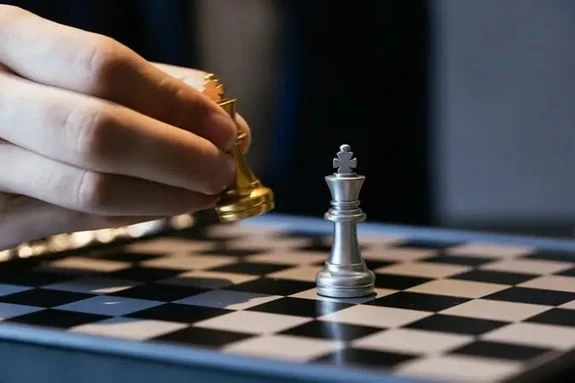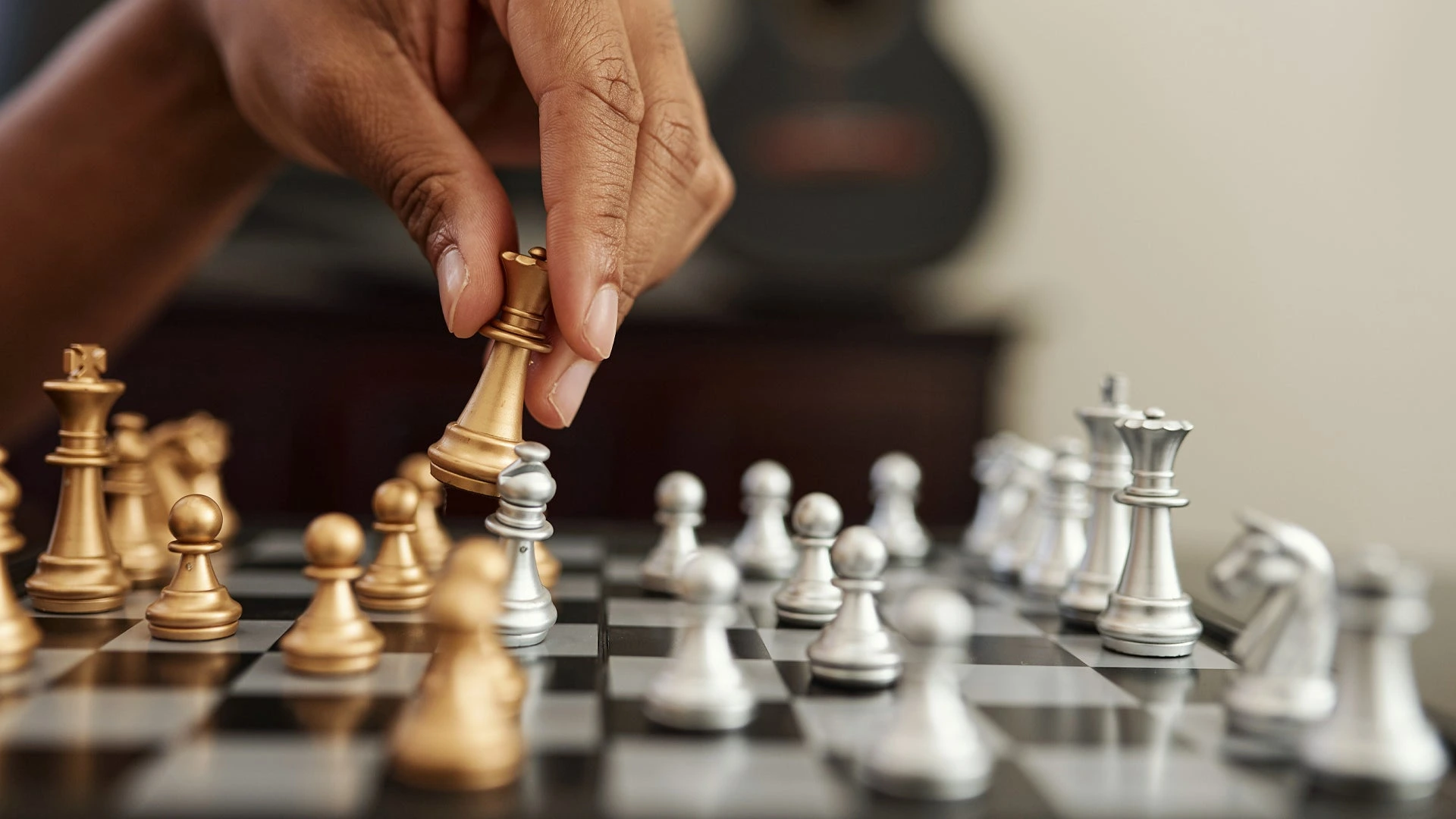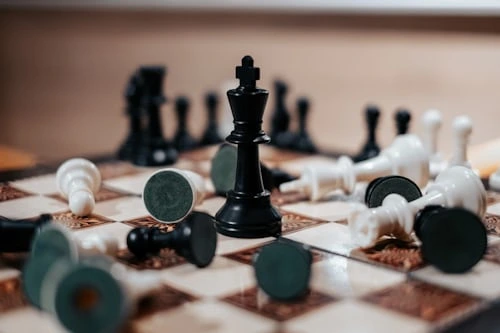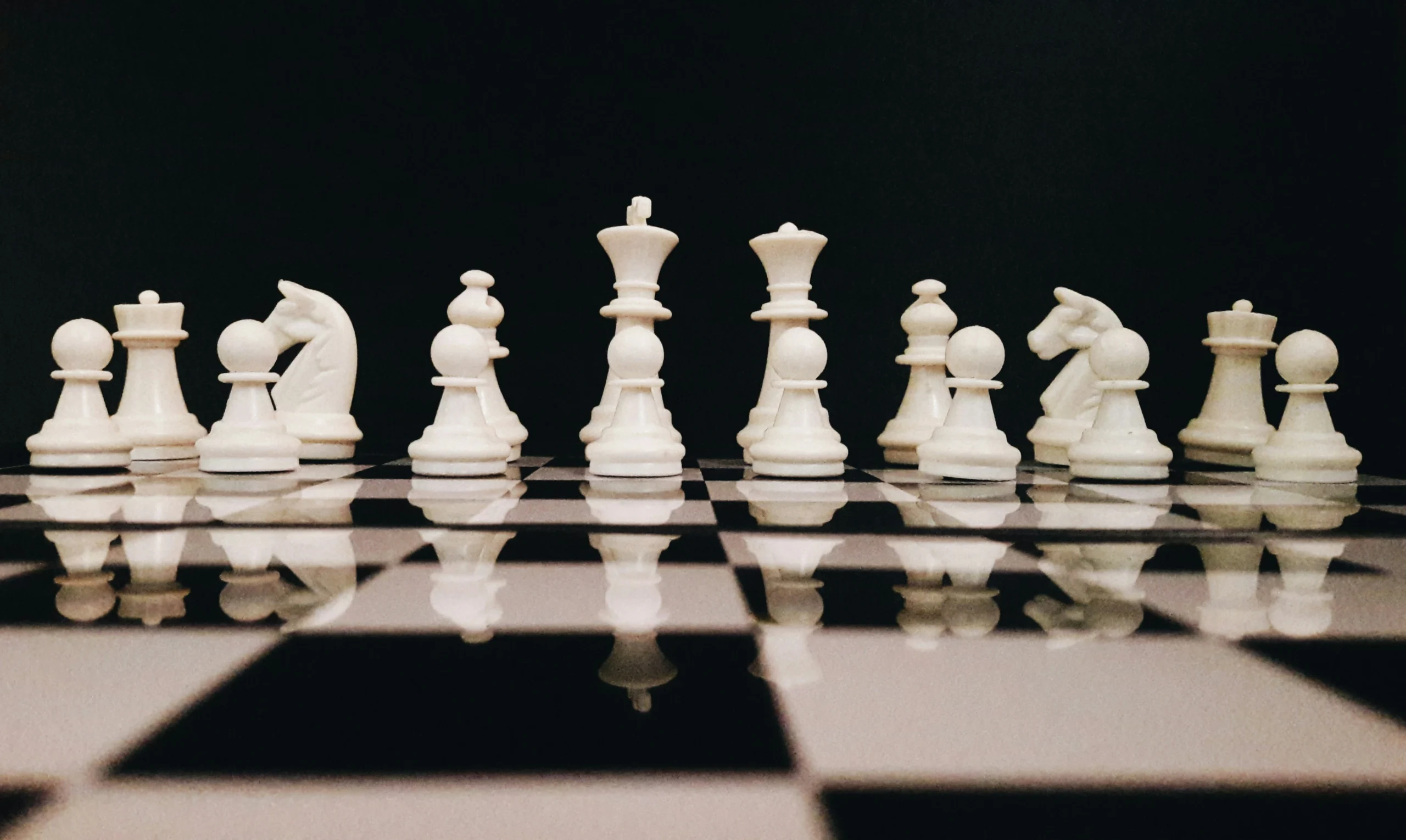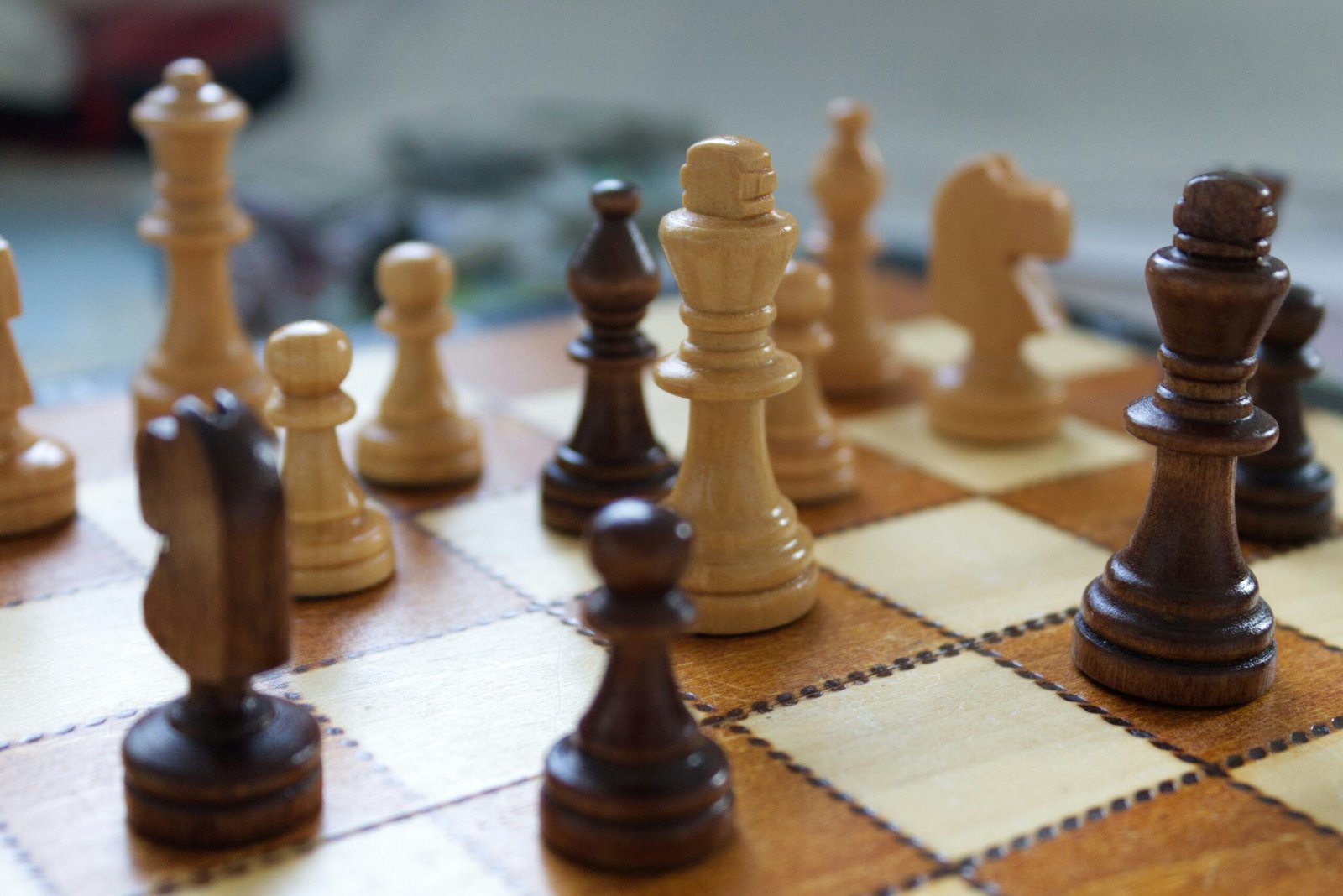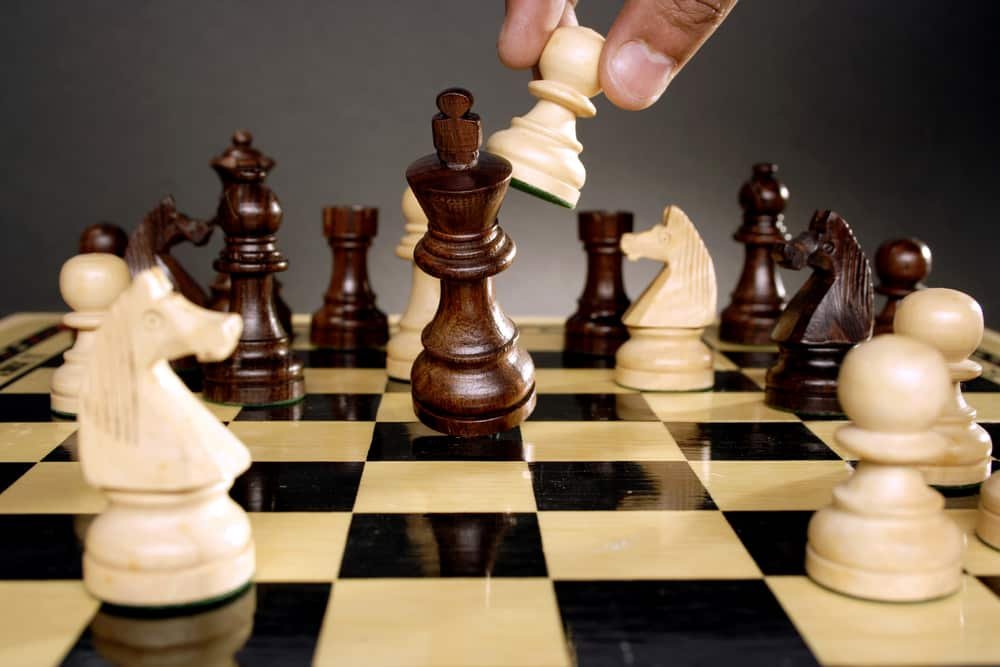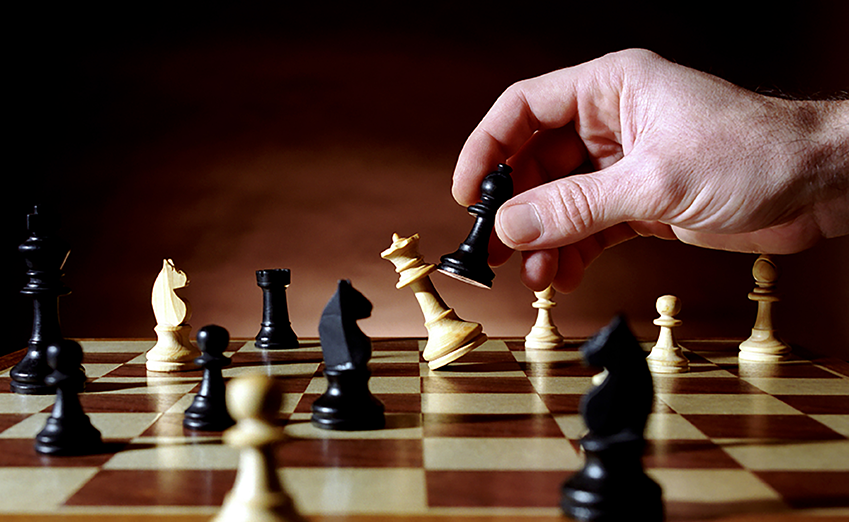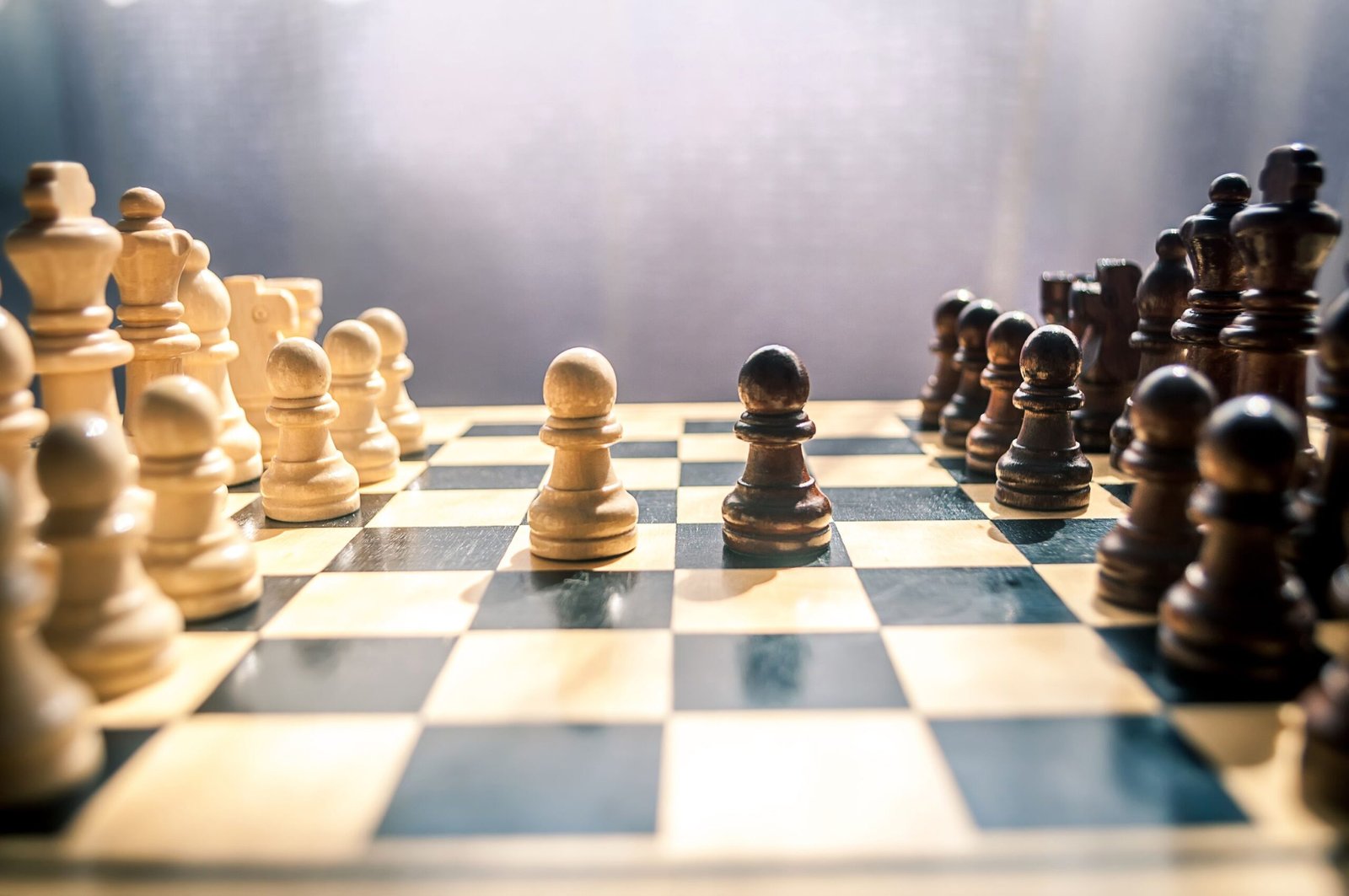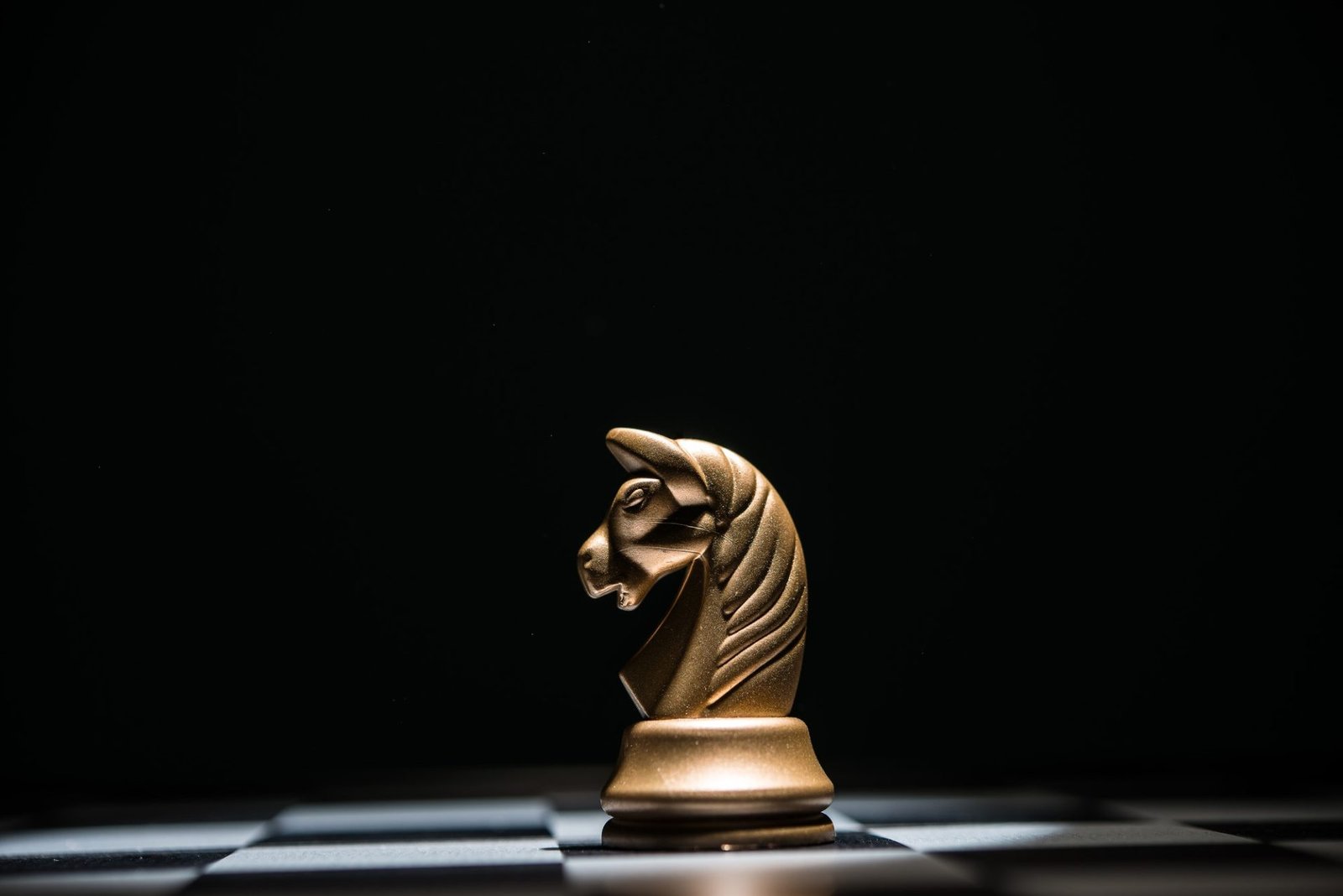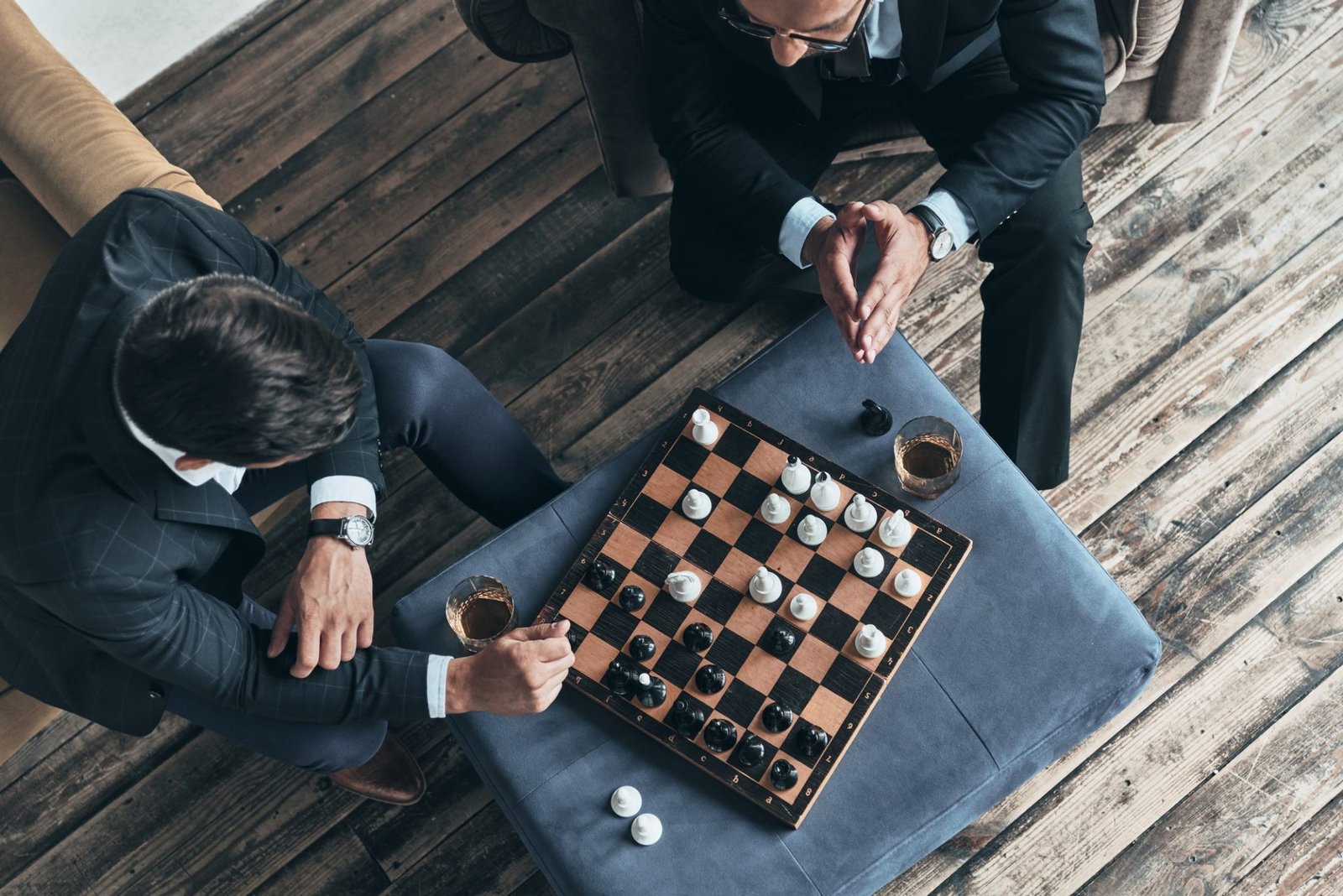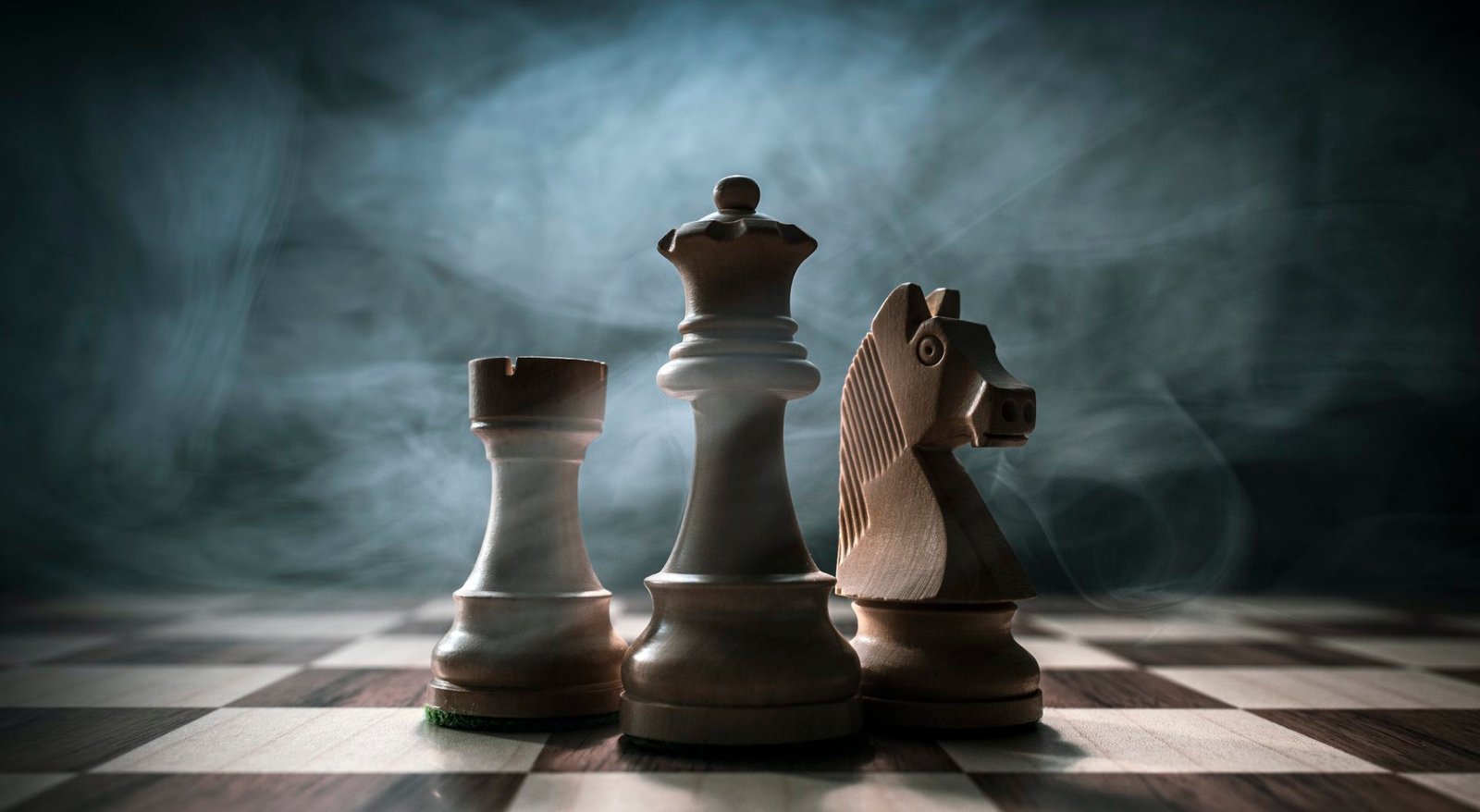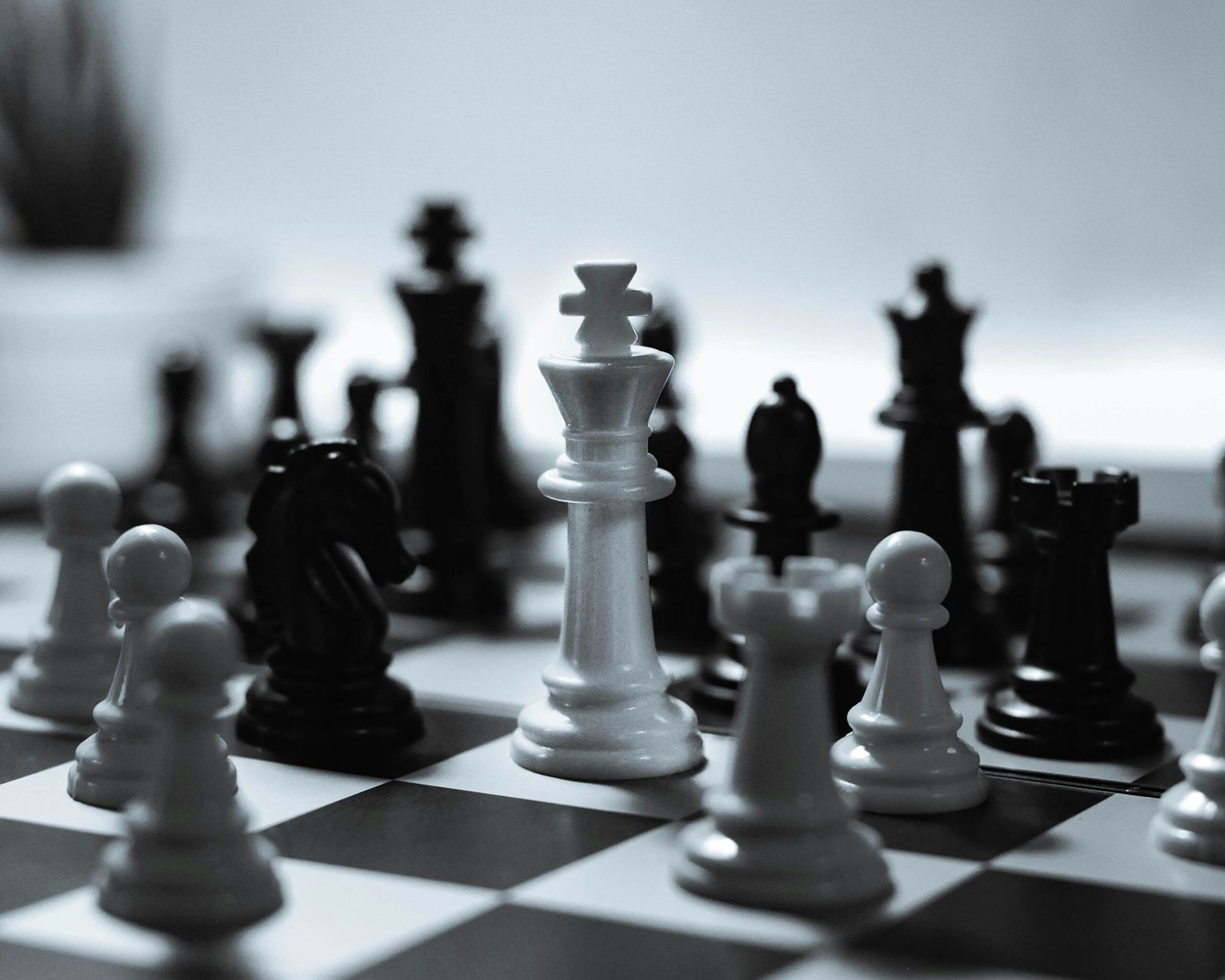
Can a King Checkmate a King ?
Chess, a game of strategy and intellect, has fascinated players for centuries. Its rules, while intricate, form the foundation of a game that balances simplicity with profound depth. One question that often arises, particularly among beginners, is whether a king can checkmate another king. This question touches on the core mechanics of chess, including the concepts of check, checkmate, and the roles of the pieces on the board.
In this blog, we’ll explore this question in detail, diving into the rules of chess, the nature of checkmate, and why a king cannot checkmate another king. Along the way, we’ll also consider related scenarios and edge cases to provide a comprehensive understanding of this topic.
Understanding the Basics: Kings, Checks, and Checkmates
To address whether a king can checkmate another king, we first need to clarify some fundamental chess concepts:
- King: The king is the most important piece in chess. The objective of the game is to protect your own king while threatening your opponent’s. The king moves one square in any direction: horizontally, vertically, or diagonally.
- Check: A king is in check when it is under direct attack by an opponent’s piece. When a king is in check, the player must respond by moving the king, capturing the attacking piece, or blocking the attack (if possible).
- Checkmate: Checkmate occurs when a king is in check and there is no legal move to escape the threat. This results in the end of the game, with the player delivering the checkmate declared the winner.
- Stalemate: A stalemate occurs when a player has no legal moves but their king is not in check. This results in a draw.
With these definitions in mind, let’s directly address the question: Can a king deliver a checkmate to another king?
The Short Answer: No, a King Cannot Checkmate Another King
In standard chess rules, a king cannot deliver a checkmate to another king.
This is because of a fundamental rule: kings cannot be placed on adjacent squares. If a king were to move to a square next to the opponent’s king, it would violate this rule, making such a move illegal.
Since checkmate requires the attacking piece to place the opponent’s king in check, and a king cannot legally move to a position to deliver a check to another king, a king cannot checkmate another king.
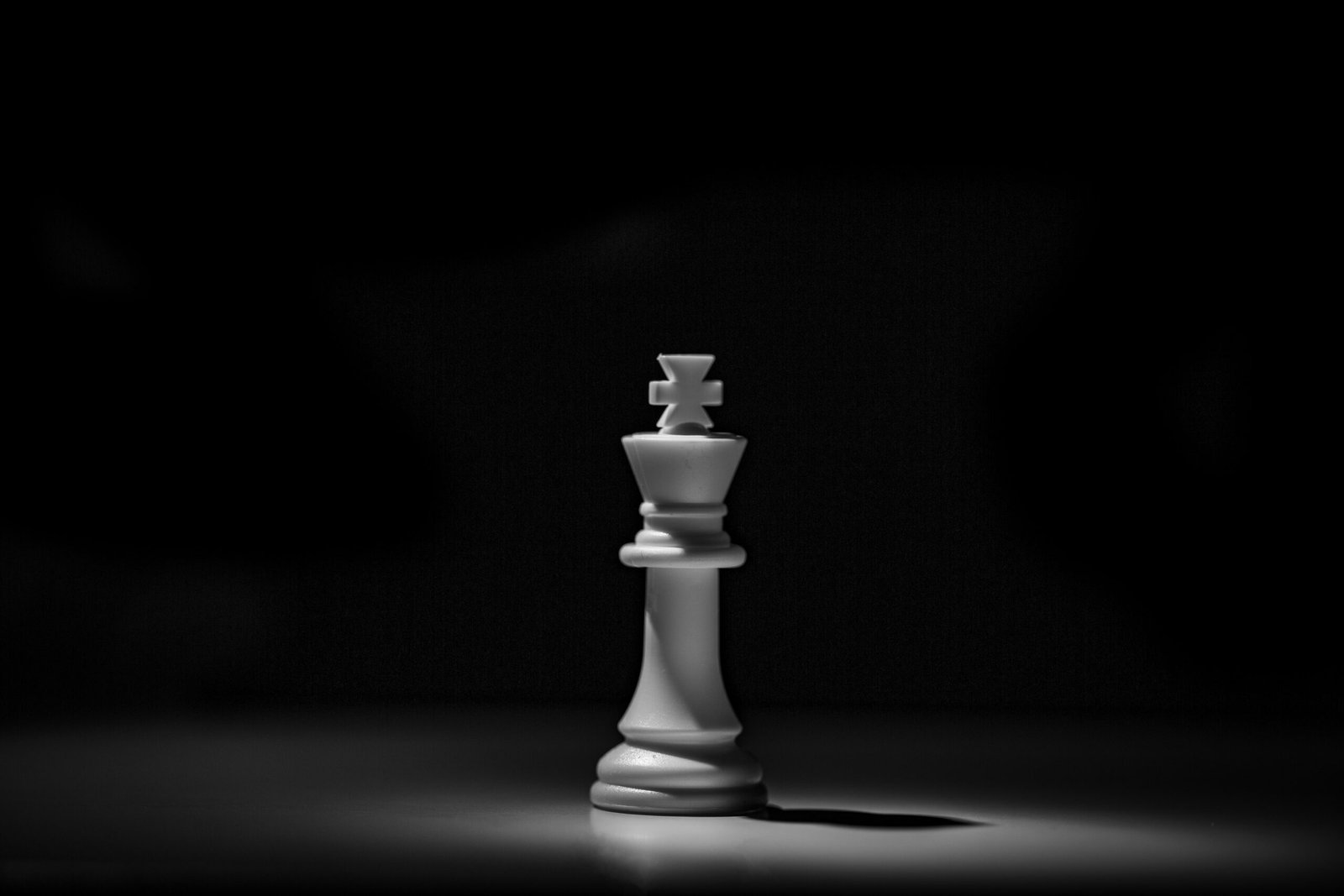
The Rule Against Adjacent Kings
In chess, the rules explicitly prohibit two kings from occupying adjacent squares. This is because a king moves one square in any direction, and if it were to move next to the opponent’s king, it would effectively place itself in check (since the opponent’s king could theoretically “attack” it on the next move). However, in chess, you cannot make a move that places your own king in check. Therefore, a king cannot move to a square adjacent to the opponent’s king.
For example, imagine a board with only the two kings left:
- White king on e4.
- Black king on e6.
If it’s White’s turn, the white king cannot move to e5, d5, or f5, as these squares are adjacent to the black king on e6. Similarly, the black king cannot move to a square adjacent to the white king. This rule ensures that kings can never directly threaten each other.
Checkmate Requires Check
Checkmate occurs when a king is in check and has no legal moves to escape. For a piece to deliver a checkmate, it must first place the opponent’s king in check. Since a king cannot move to a position where it directly threatens the opponent’s king (due to the adjacent-square rule), it cannot deliver check, and therefore, it cannot deliver checkmate.
Exploring Related Scenarios
While a king cannot checkmate another king, it’s worth exploring related scenarios to deepen our understanding of chess mechanics and edge cases. These scenarios help clarify the roles kings play in checkmate situations and address common misconceptions.
Free Demo Class for Kids
Let your child explore 60-minute free interactive session with FIDE Rated coaches.
Enroll HereCan a King Assist in a Checkmate?
Although a king cannot deliver a checkmate on its own, it often plays a crucial role in checkmate scenarios by supporting other pieces. For example, in a classic endgame scenario with a queen and king versus a lone king, the king helps restrict the opponent’s king’s movement, allowing the queen to deliver a checkmate.
Consider this position:
- White king on f6.
- White queen on g7.
- Black king on h8.
The black king is in check from the white queen on g7. The black king has no legal moves: it cannot move to g8 or h7 because those squares are controlled by the white queen, and it cannot move to g7 because that’s where the queen is. The white king on f6 prevents the black king from escaping to f7 or g6. In this case, the queen delivers the checkmate, but the white king’s position is essential in supporting the checkmate by limiting the black king’s options.
This demonstrates that while a king cannot deliver checkmate, it is often a vital supporting piece in achieving checkmate.
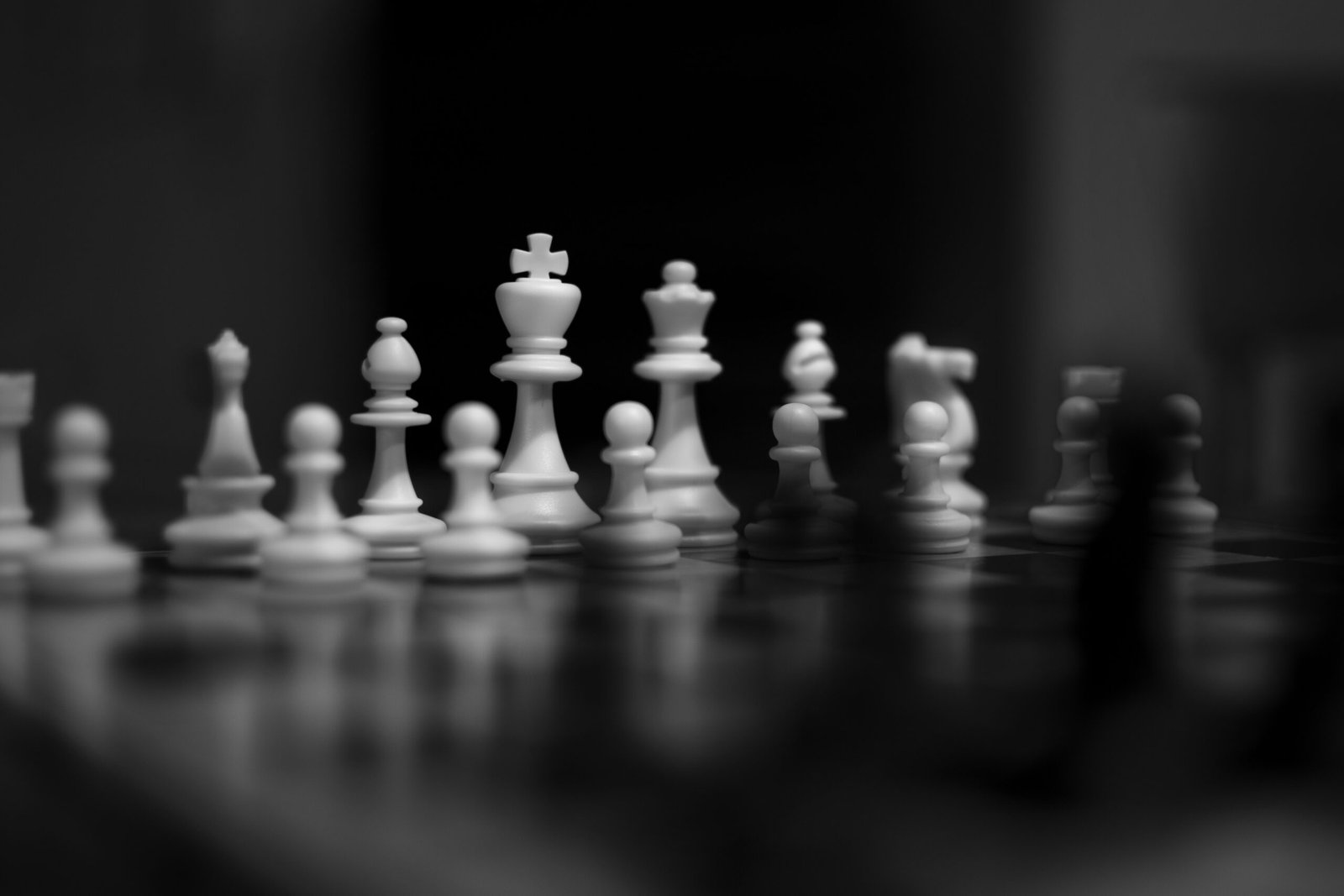
The Two Kings Alone: A Stalemate or Draw
What happens if the board is reduced to just the two kings? This is a common endgame scenario, especially in beginner games where all other pieces are captured or traded. In this case, neither king can checkmate the other because:
- Kings cannot move to adjacent squares, so they cannot deliver checks.
- With only kings on the board, there are no other pieces to deliver check or checkmate.
This situation results in an immediate draw due to insufficient material. According to chess rules, if neither side has enough pieces to deliver a checkmate, the game is declared a draw. Two lone kings fall under this rule, as neither can force a checkmate.
Edge Cases: Stalemate vs Checkmate
Another scenario worth considering is whether a king can inadvertently cause a stalemate while attempting to set up a checkmate with other pieces. For instance, if a player is not careful, they might position their king in a way that restricts the opponent’s king but leaves it with no legal moves while not in check, resulting in a stalemate.
For example:
- White king on f6.
- White queen on g7.
- Black king on h6.
If White moves the queen to h7, the black king is in check. The black king can move to g5 or h5 to escape. However, if White carelessly moves the king to g6 instead, the black king has no legal moves (it cannot move to g5 or h5 because of the queen, nor to g6 or h6 because of the white king or its current position). Since the black king is not in check, this is a stalemate, and the game ends in a draw.
This highlights the importance of precise king movement in endgame scenarios to avoid unintended stalemates.
Why This Question Matters
The question “Can a king checkmate a king?” is more than just a technical inquiry it reflects a deeper curiosity about the roles and limitations of pieces in chess. Understanding why a king cannot checkmate another king reinforces the importance of the following chess principles:
- King Safety: The rule against adjacent kings ensures that players cannot recklessly move their kings into dangerous positions, emphasizing the need to protect the king throughout the game.
- Teamwork: Checkmate often requires coordination between pieces. The king, while limited in its attacking power, is a critical supporting piece in many checkmate patterns.
- Endgame Precision: In endgames, where kings become more active, players must balance aggression with caution to avoid stalemates or draws.
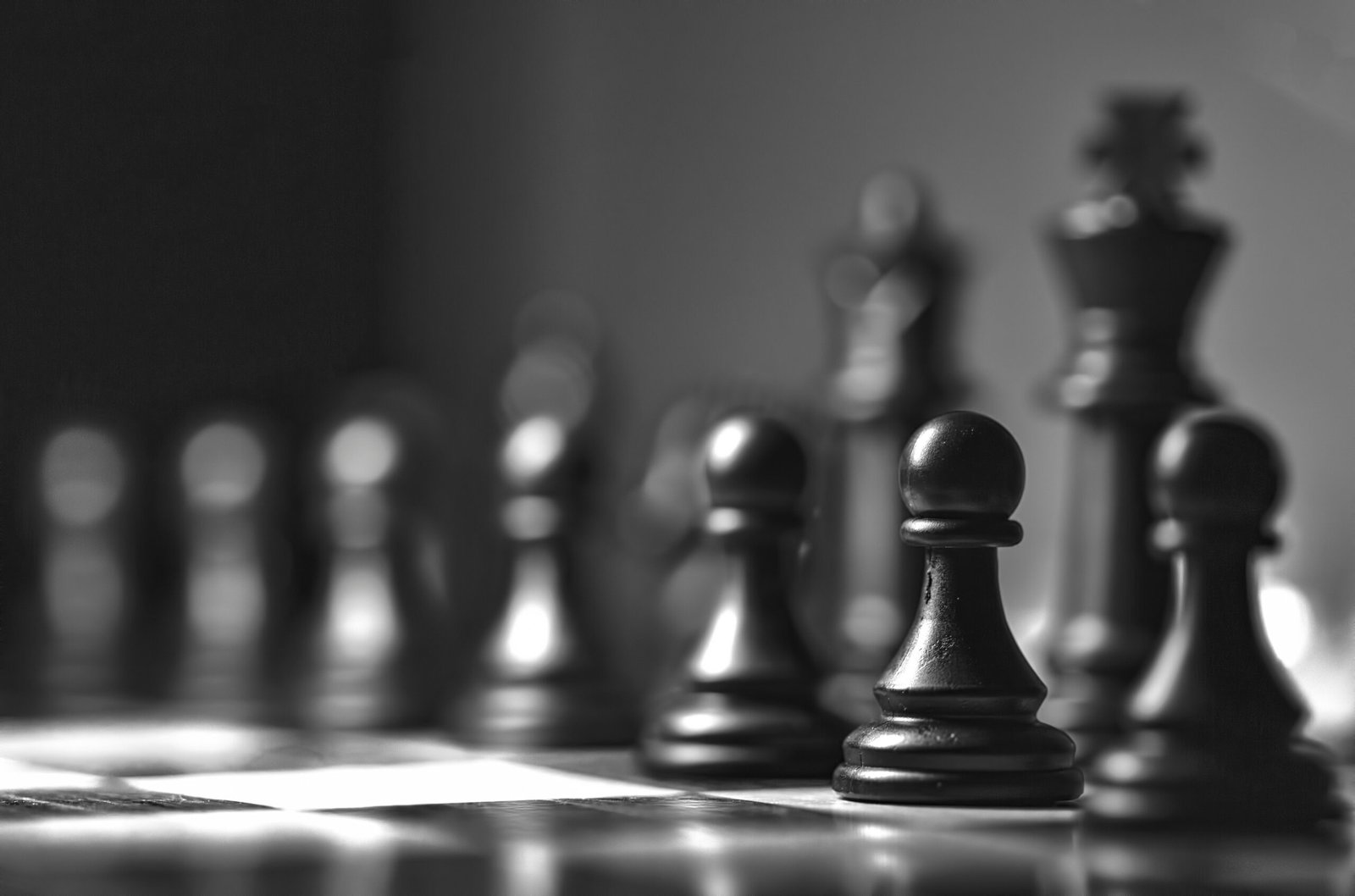
Common Misconceptions
Beginners sometimes mistakenly believe that a king can deliver a check or checkmate because they see the king as a powerful piece. However, the king’s role is primarily defensive and supportive. Another misconception arises from misinterpreting the king’s movement. Some players might think that because the king can move one square in any direction, it can “attack” the opponent’s king directly. The rule against adjacent kings dispels this notion.
Additionally, some players confuse checkmate with stalemate. As we’ve seen, a king’s position can lead to stalemate if it overly restricts the opponent’s king without delivering a check. Understanding the difference between these outcomes is crucial for improving one’s chess skills.
Free Demo Class for Kids
Let your child explore 60-minute free interactive session with FIDE Rated coaches.
Enroll HereConclusion
In conclusion, a king cannot checkmate another king in chess due to the rule prohibiting kings from occupying adjacent squares. This rule prevents a king from delivering a check, which is a prerequisite for checkmate. However, the king plays a vital role in many checkmate scenarios by supporting other pieces and restricting the opponent’s king’s movement. Understanding this limitation helps players appreciate the strategic depth of chess, where every piece, including the king, has a specific role in achieving victory.
Whether you’re a beginner learning the rules or an experienced player refining your endgame technique, the interplay between kings and other pieces is a fascinating aspect of chess. By mastering these mechanics, you can avoid pitfalls like stalemate and deliver checkmate with precision. So, the next time you’re at the board, remember: while your king can’t checkmate the opponent’s king, it’s a key player in the path to victory.
Frequently Asked Question
No, you cannot checkmate a king with just a king in chess. A single king cannot deliver checkmate because it cannot place the opposing king in check (kings cannot move to adjacent squares) or prevent its escape. This scenario results in a draw due to insufficient material, as neither side can force checkmate with only kings on the board.
No, a king cannot take a king in chess. According to chess rules, kings cannot move to adjacent squares, as they must always remain at least one square apart. This prevents one king from directly capturing another. If a king were to move into a position where it could be captured by the opposing king, that move would be illegal because it would place the moving king in check, which is not allowed.
No, kings cannot capture other kings in chess. Chess rules prohibit kings from moving to adjacent squares, as they must remain at least one square apart to avoid placing themselves in check. Capturing requires moving onto the opponent’s piece’s square, which would violate this rule and be illegal, since no king can move into check from the opposing king.
Yes, a king versus king position in chess is a draw. With only the two kings remaining on the board, neither side can deliver checkmate because a king cannot place the opposing king in check (kings cannot move to adjacent squares) or force it into a position where it has no legal moves. This scenario is considered a draw due to insufficient material, as per chess rules.
No, a king cannot put itself in check in chess. Chess rules prohibit any move that would place a player’s own king in check, including moves by the king itself. The king can only move to squares that are not under attack by an opponent’s piece. For example, a king cannot move to a square adjacent to the opposing king, as that would be an illegal move since it would place itself in check. If a player attempts such a move, it is invalid, and they must make a legal move instead.
Also Read
- admin2
- Blog
- December 12, 2025
- Comments Off on French Defense
French Defense
- admin2
- Blog
- December 7, 2025
- Comments Off on Sicilian Defense
Sicilian Defense
- admin2
- Blog
- November 28, 2025
- Comments Off on Difference between Stalemate and Checkmate
Difference between Stalemate and Checkmate
- admin2
- Blog
- November 20, 2025
- Comments Off on Ruy Lopez Opening
Ruy Lopez Opening
- admin2
- Blog
- November 14, 2025
- Comments Off on Fool’s Mate
Fool’s Mate
- admin2
- Blog
- November 8, 2025
- Comments Off on Scholar mate
Scholar mate
- admin2
- Blog
- October 22, 2025
- Comments Off on What is a Stalemate ?
What is a Stalemate ?
- admin2
- Blog
- October 14, 2025
- Comments Off on Can a King Checkmate a King ?
Can a King Checkmate a King ?
- admin2
- Blog
- October 7, 2025
- Comments Off on Best Opening For Black
Best Opening For Black
- admin2
- Blog
- October 4, 2025
- Comments Off on How to checkmate with queen and king
How to checkmate with queen and king
- admin2
- Blog
- September 26, 2025
- Comments Off on Online Chess vs Board Chess
Online Chess vs Board Chess
- admin2
- Blog
- September 24, 2025
- Comments Off on How to Checkmate in 4 Moves
How to Checkmate in 4 Moves
- admin2
- Blog
- September 18, 2025
- Comments Off on Benefits of Playing Chess
Benefits of Playing Chess
- admin2
- Blog
- September 8, 2025
- Comments Off on Best Chess Coaching in india
Best Chess Coaching in india
- admin2
- Blog
- August 25, 2025
- Comments Off on Rapid chess vs blitz chess
Rapid chess vs blitz chess
- admin2
- Blog
- August 21, 2025
- Comments Off on Rapid Chess vs Classic Chess
Rapid Chess vs Classic Chess
- admin2
- Blog
- August 12, 2025
- Comments Off on 7 Brain Boosting Benefits Of Chess
7 Brain Boosting Benefits Of Chess
- admin2
- Blog
- August 4, 2025
- Comments Off on Top 10 Chess Openings for Beginners
Top 10 Chess Openings for Beginners
- admin2
- Blog
- July 11, 2025
- Comments Off on Top 10 Reasons Kids Should Learn Chess
Top 10 Reasons Kids Should Learn Chess
- admin2
- Blog
- July 10, 2025
- Comments Off on Inspirational Story Of Indian Chess Grandmaster Gukesh Dommaraju
Inspirational Story Of Indian Chess Grandmaster Gukesh Dommaraju
- admin2
- Blog, Chess Tips
- July 8, 2025
- Comments Off on 7 Brain Benefits Of Playing Chess
7 Brain Benefits Of Playing Chess
- admin2
- Blog, Our blog
- May 13, 2025
- Comments Off on
- admin2
- Blog
- May 7, 2025
- Comments Off on Patterns in Chess
Patterns in Chess
- admin2
- Blog
- May 7, 2025
- Comments Off on Why Venture Chess Academy ?



